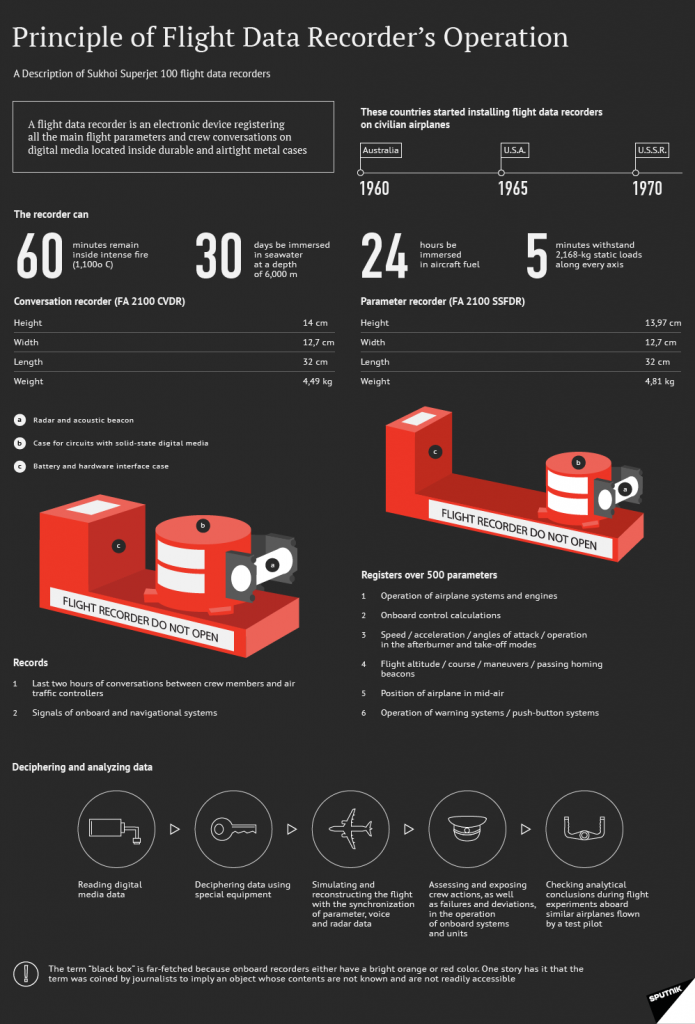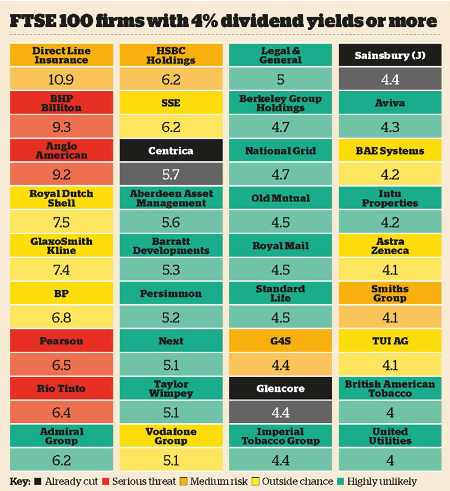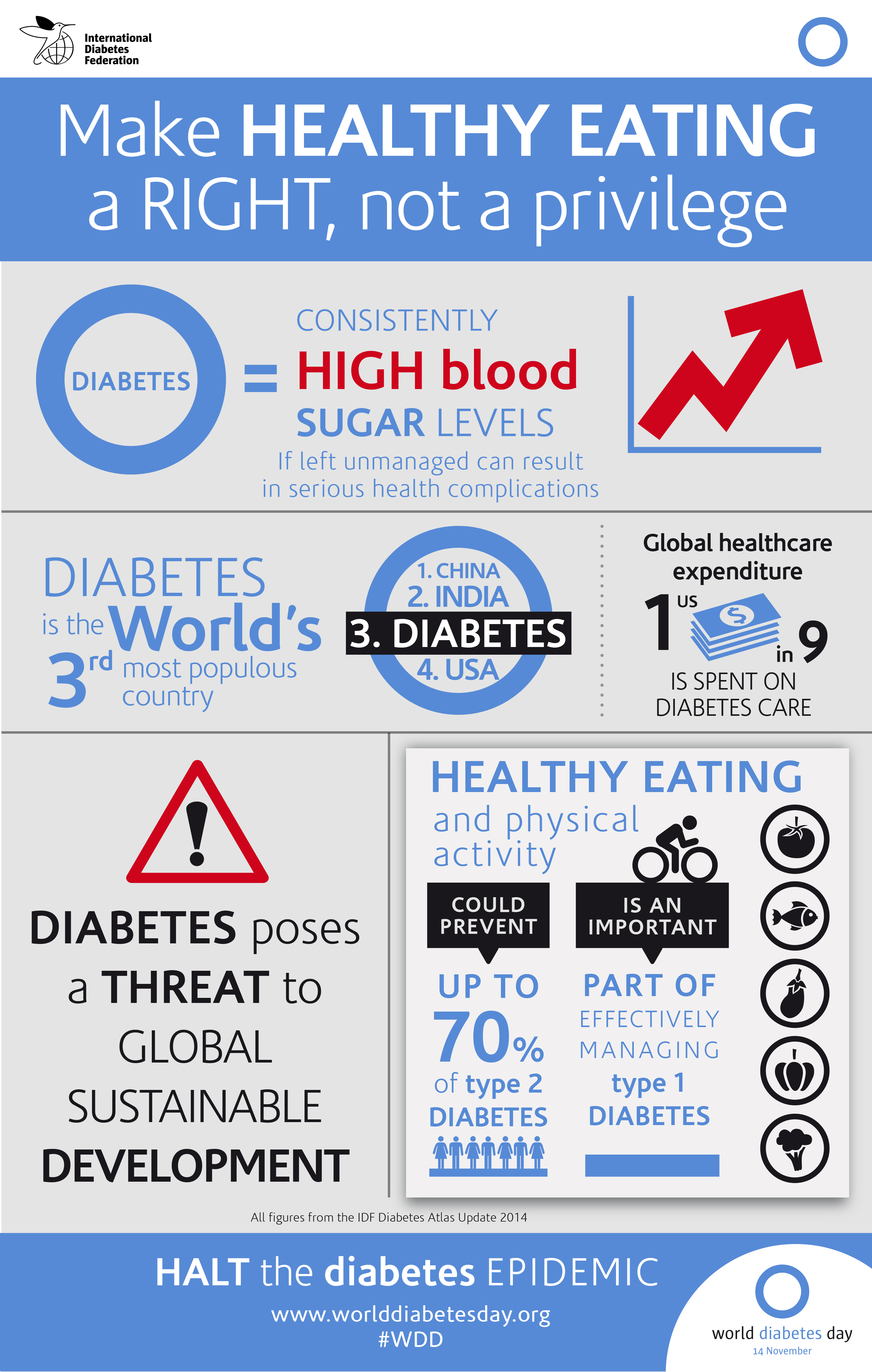The flight data recorder is an excellent invention as it captures critical data of a flight. Contrary to popular belief however the recorder is usually orange in color, not black as the name “black box” suggests.
Click to enlarge
Source: How Flight Data Recorder Works, Sputnik News



